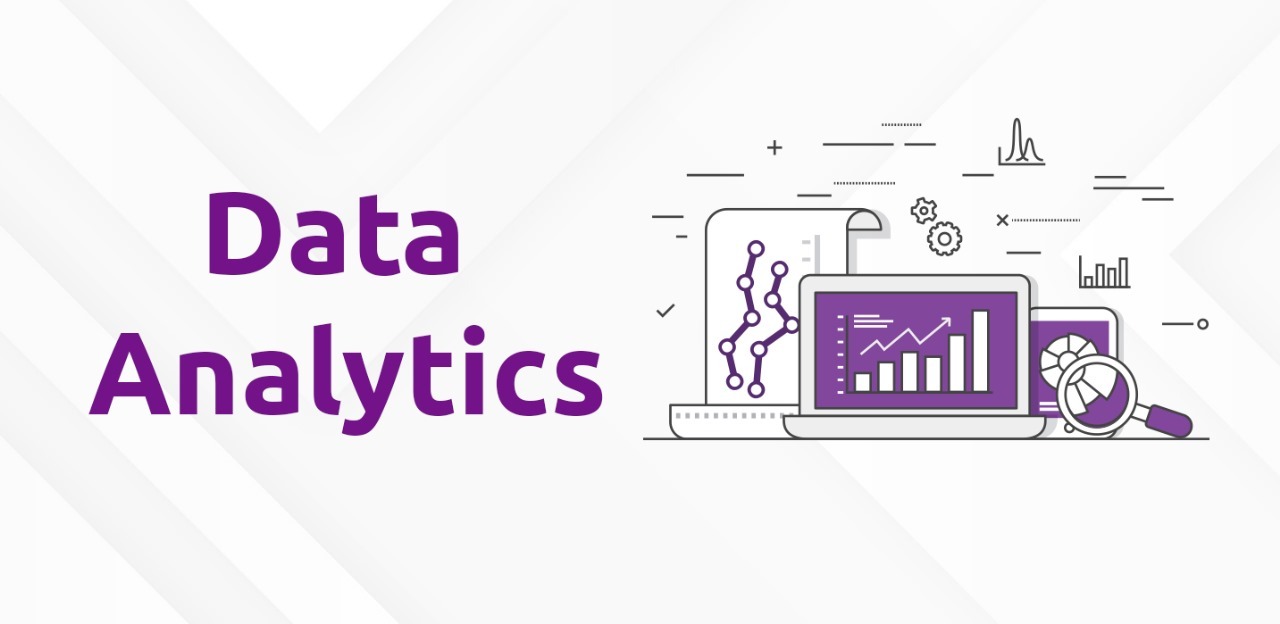Edge Computing and Predictive Maintenance
Technology is advancing rapidly, and businesses must adapt to stay competitive. One of the biggest game-changers today is Edge Computing, combined with Predictive Maintenance. These technologies help companies improve efficiency, reduce costs, and enhance productivity. Let’s explore how they work and why they are crucial for modern industries.
What is Edge Computing?
Edge Computing is a technology that processes data closer to where it is generated instead of relying on a central data center. This reduces latency, speeds up response times, and improves overall system performance.
Benefits of Edge Computing:
- Faster Data Processing: Since data is processed near its source, response times are much quicker.
- Reduced Bandwidth Usage: Less data needs to be sent to the cloud, reducing network congestion.
- Improved Security: Local processing minimizes exposure to cyber threats.
- Reliability: Even if internet connectivity is lost, local devices can continue to function.
- Cost Savings: Reduces cloud storage costs by handling data locally.
- Scalability: Businesses can expand their operations without worrying about centralized data overload.
- Better User Experience: Faster response times mean improved performance for applications and devices.
What is Predictive Maintenance?
Predictive Maintenance (PdM) is a technique that uses data analytics and machine learning to predict when equipment is likely to fail. Instead of waiting for a breakdown, businesses can fix issues before they become critical, saving both time and money.
Benefits of Predictive Maintenance:
- Prevents Unplanned Downtime: Identifies issues before they cause system failures.
- Extends Equipment Life: Regular monitoring ensures machines run efficiently.
- Reduces Maintenance Costs: Avoids unnecessary repairs and sudden failures.
- Enhances Safety: Minimizes risks by detecting faults early.
- Increases Productivity: Keeps operations running smoothly with minimal interruptions.
- Optimized Resource Allocation: Ensures that maintenance teams focus on areas that need attention the most.
- Data-Driven Decision Making: Helps businesses make informed choices based on equipment performance.
How Edge Computing Supports Predictive Maintenance
- Data Collection: Sensors on machines collect data on temperature, vibration, pressure, and more.
- Local Processing: Edge devices analyze data instantly instead of sending it to a cloud server.
- Real-time Alerts: When an issue is detected, alerts are generated immediately.
- Machine Learning Insights: Predictive algorithms identify patterns to forecast failures.
- Automated Maintenance: Businesses can automate repairs and servicing based on predictions.
- Continuous Monitoring: Edge Computing enables round-the-clock tracking of equipment health.
- Seamless Integration: Works alongside existing IT infrastructure for a smooth transition.
Real-World Applications of Edge Computing and Predictive Maintenance
- Manufacturing: Factories use Edge Computing to monitor production lines and prevent machinery breakdowns.
- Healthcare: Hospitals track medical equipment to ensure uninterrupted patient care.
- Automotive: Vehicles use real-time diagnostics to detect engine issues before failures occur.
- Energy Sector: Power plants monitor turbines and grids to prevent power outages.
- Smart Cities: Public infrastructure is maintained efficiently using data-driven insights.
- Retail: Stores use Edge Computing for smart inventory management.
- Agriculture: Farmers implement Edge Computing to monitor soil conditions and weather patterns.
Challenges of Implementing Edge Computing and Predictive Maintenance
- Initial Investment: Setting up edge devices and sensors requires upfront costs.
- Data Management: Handling large volumes of data needs efficient storage solutions.
- Cybersecurity Risks: Protecting edge networks from cyber threats is crucial.
- Technical Expertise: Businesses need skilled professionals to manage these systems.
- Scalability Issues: Expanding Edge Computing infrastructure requires careful planning.
- Integration Complexity: Some industries may face challenges in integrating new technologies with legacy systems.
The Future of Edge Computing and Predictive Maintenance
Artificial intelligence (AI) and machine learning will further enhance predictive capabilities. The combination of Edge Computing and Predictive Maintenance is expected to become a standard practice across industries, driving the next wave of digital transformation.
How Vtricks Technologies Can Help
At Vtricks Technologies, we provide cutting-edge solutions in data analytics, Edge Computing, and Predictive Maintenance. Our expertise helps businesses adopt these technologies seamlessly, ensuring maximum efficiency and cost savings.
If you're looking to advance your career, check out our data analytics course in Bangalore. Our expert-led training will equip you with the skills needed to excel in this fast-growing industry.
Embrace the future with Edge Computing and Predictive Maintenance—stay ahead in the digital revolution!





